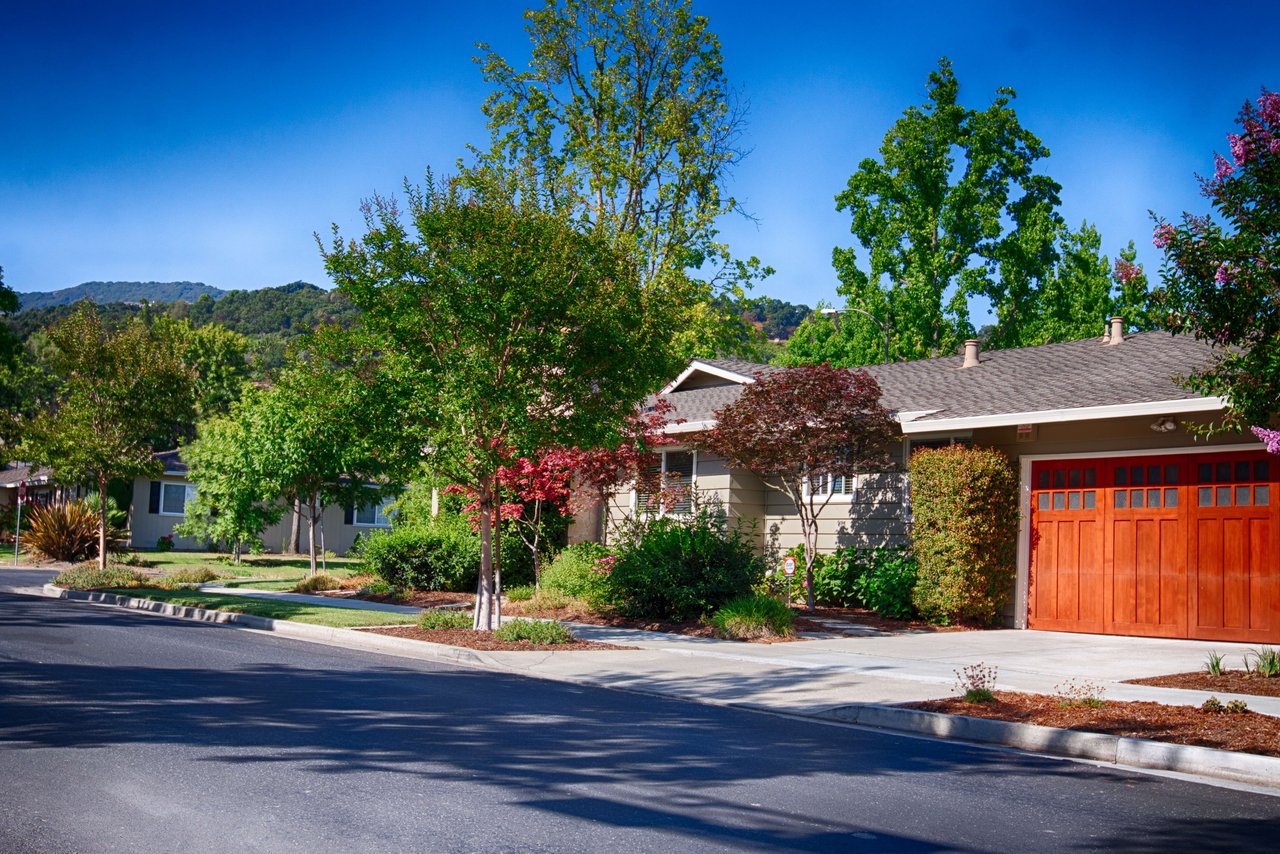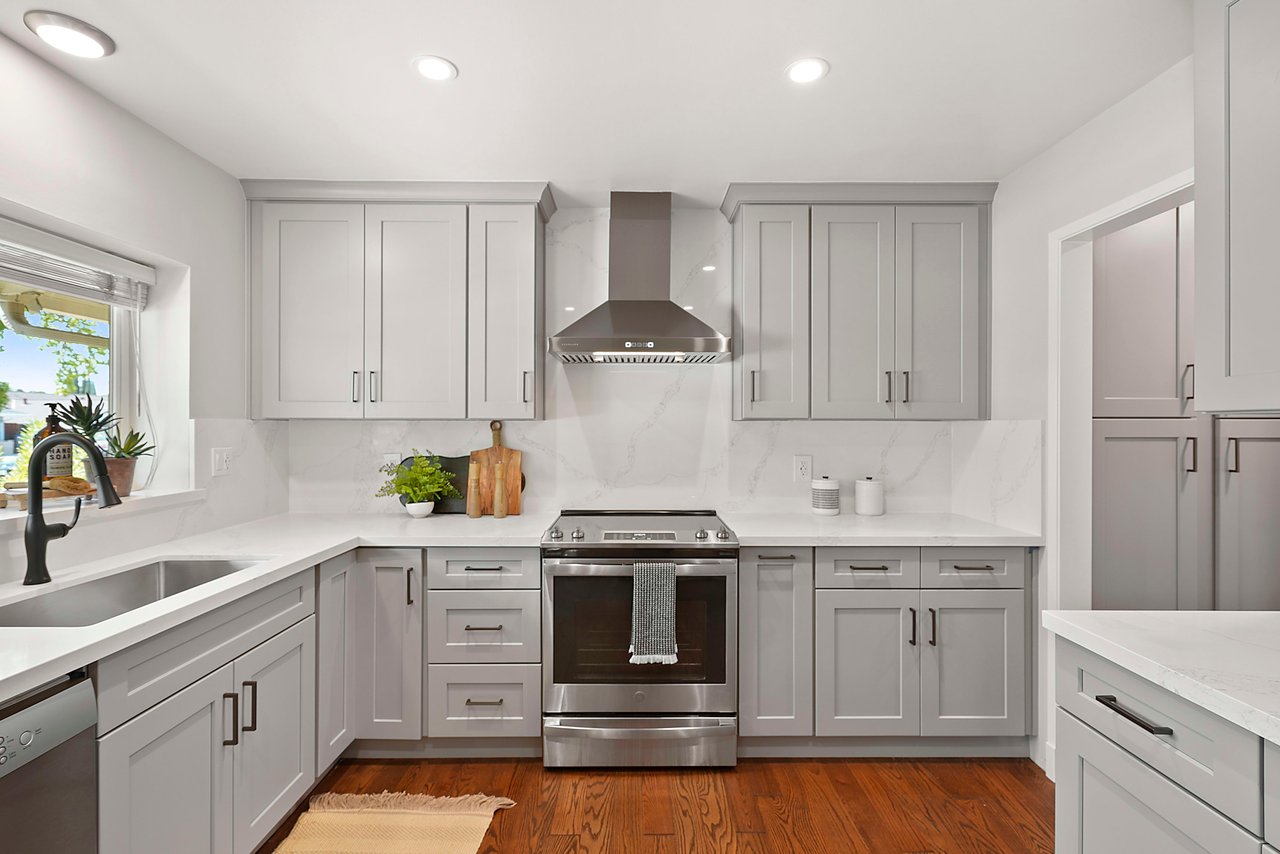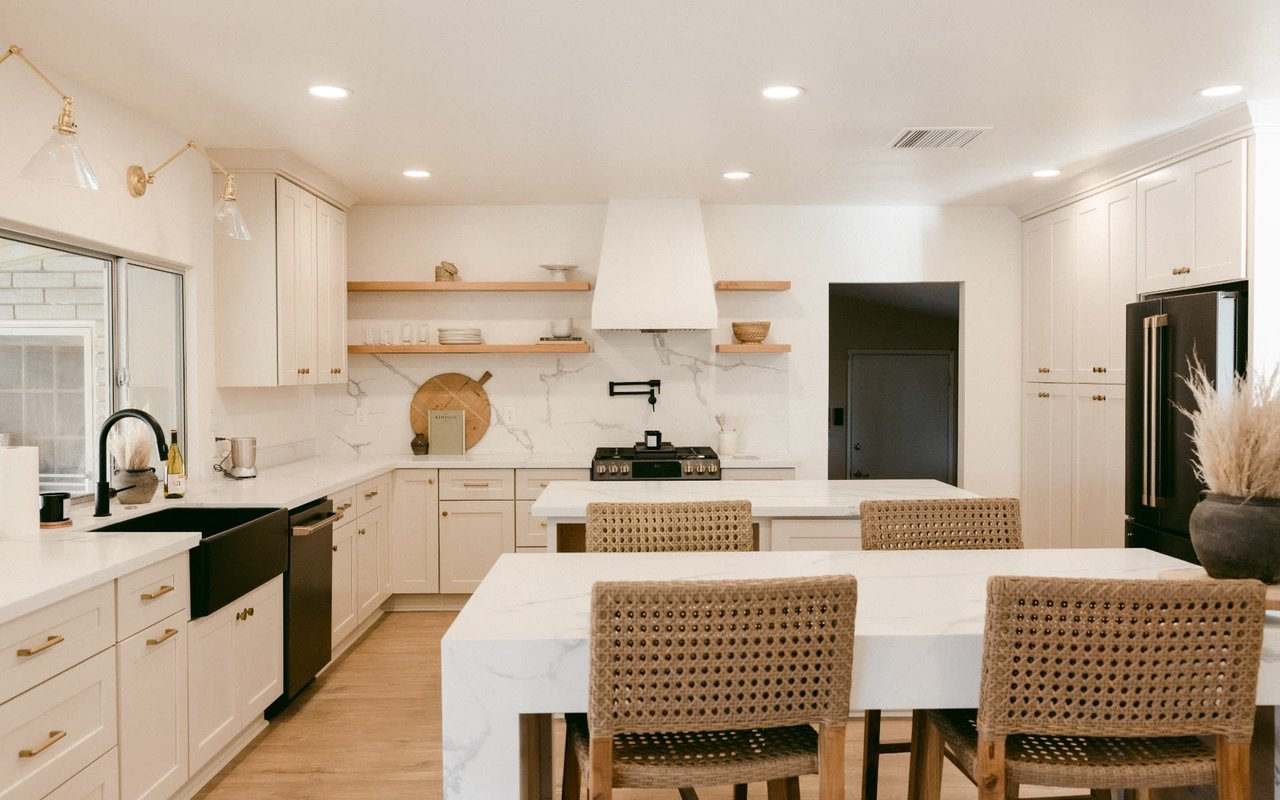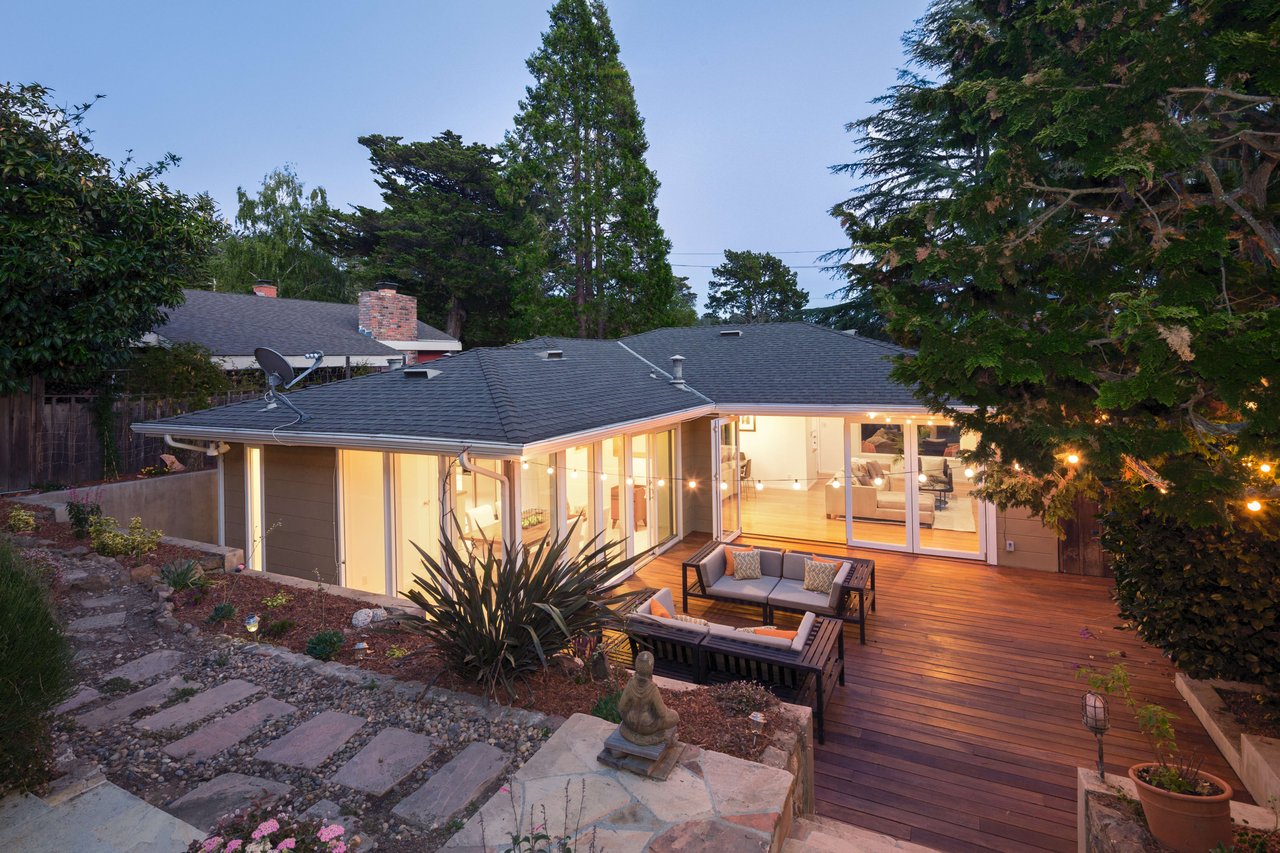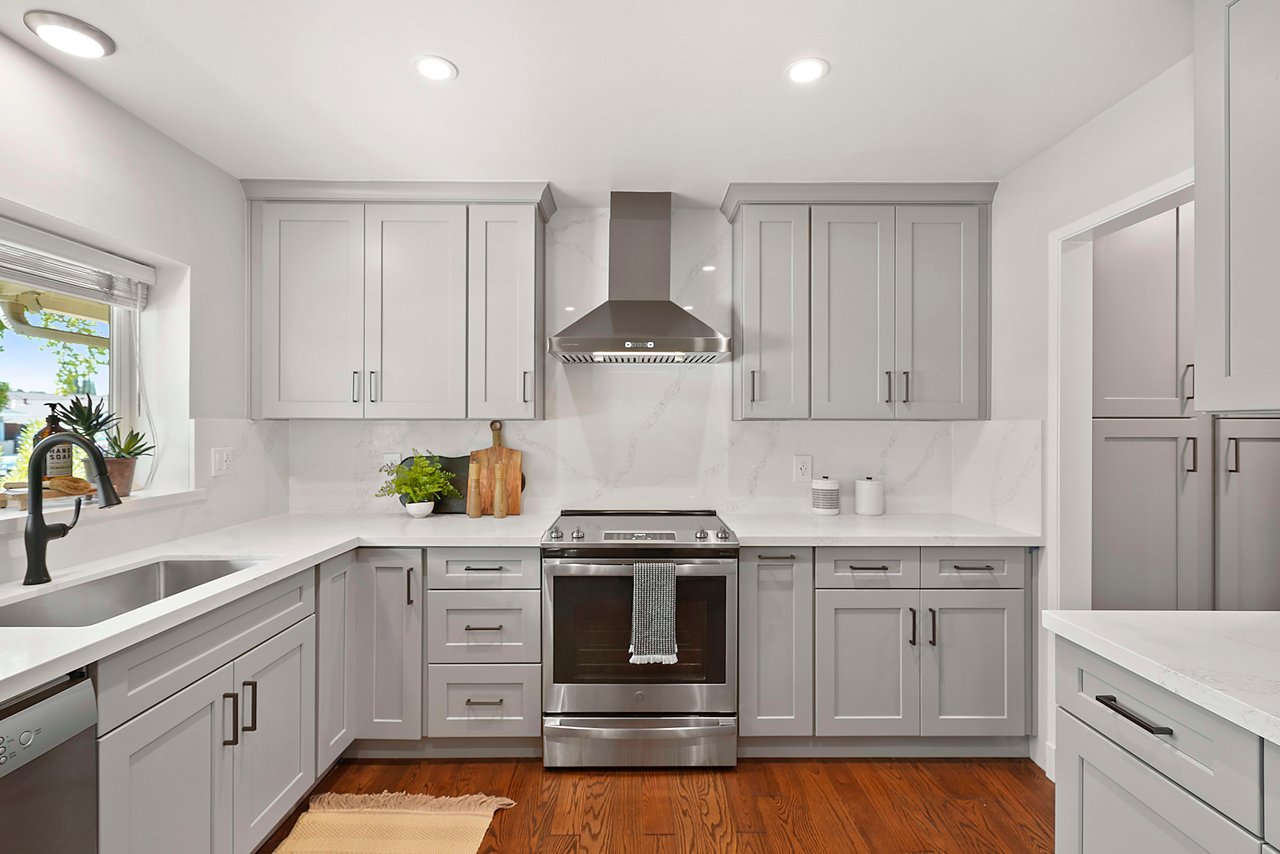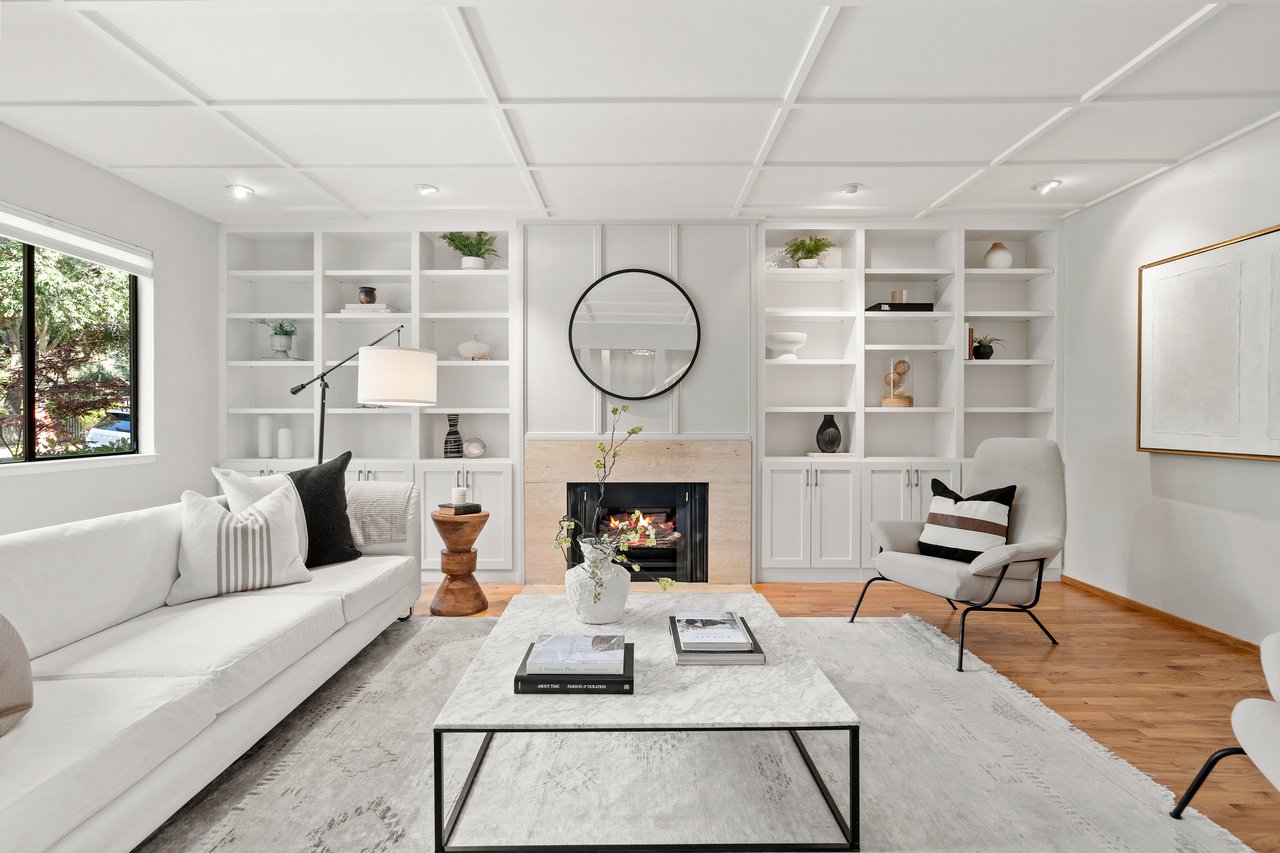Strategic Insights into Home Pricing: Maximizing Value, Minimizing Risk
Have you ever looked at a listing in your neighborhood and wondered ‘How on Earth did they choose that price? That’s way too high… or LOW!’
Well, before you assume they are crazy or uninformed, consider that there might have been a method to the madness. Sometimes, certain circumstances lend themselves to a particular pricing strategy. In this article, I’ll break down the various strategies, and when they might be advantageous. I’ll also touch on the risks of each, if used inappropriately.
Let’s start with the lowest pricing and work up to the highest:
Auction Style Pricing
Say the home is worth $1.5 million, but it’s listed for $500,000. Severe underpricing is an example of what I call “Auction pricing.” Essentially, the seller is saying, “buyers, decide what the home is worth.” The idea is to get flooded with interest and the price will be driven up with over-bidding. This can be an interesting option for a seller with a fixer upper, or if they value a very quick result with lots of offers to choose from. The risk is that if the market is not hot enough, auction pricing might not yield enough buyers to produce the bidding war that the seller wants. Then you find yourself in a situation where you need to relist the house at a higher price and explain yourself. To be successful with this approach you need to be in a very strong seller’s market. You also need a property that you know will have a lot of interested buyers. If the home is very unique, the buyer pool may be too low for auction pricing to work effectively.
Below Market / Momentum Pricing
This is another strategy that should only be used in a Seller’s market. Less severe than Auction Style pricing, Momentum pricing also involves pricing under the result you expect, and under what you know the home would appraise for, BUT similar to the competing listings in the neighborhood. This is a common Silicon Valley strategy in the Spring selling season, when inventory is still low and the market is hot. Buyers are conditioned to shop under their budget so that they can overbid. The danger of this strategy is using it too late into the season as the market slows down. You might not get the overbidding you expect. However, keep in mind that if you’re listed at 1.35m expecting 1.5m, and you get three offers at 1.4m, that this is what the market is currently bearing for your home, and it would be risky to hold out for 1.5m.
At Market Value / Transparent Pricing
Pricing your home close to market value, or what you believe it would appraise for, is what some Realtors refer to as “transparent pricing.” This method becomes more common as the market slows down, because you want to be listed for a fair price if you think only one offer might arrive at a time. If you notice that similar homes are selling in 2-3 weeks with one offer, this is the strategy that might be the safest. In a market that is more balanced and slower, it’s critical to review the sales weekly with your agent and quickly adjust if the prices start dropping. This method might be risky if you use it in a HOT Spring market because buyers will not feel comfortable over-bidding for the home and might not try at all. Often, Realtors will disclose “Transparent pricing” in the agent notes so that it is understood that a full price offer will be good enough to get the deal done.
Higher than Market / Price Anchoring / Testing the Market
This may be an unpopular opinion among my fellow Realtors, but sometimes overpricing can work. If there are several overpriced listings in the neighborhood, you can price under them but still over market value, and your home will appear to be a good value. This method is called Price Anchoring. The caveat is that it needs to work fast. If you sit on the market for more than 2 weeks, it means buyers are not falling for it and you need to drop the price. In an era where buyers have easy access to online sales data, this method works less frequently.
You may also be in a situation where you price your home higher because you want to “test the market.” Perhaps your home is unique or there have not been any similar or nearby sales recently and you are testing a price to gauge buyer interest. Typically, you’ll plan in advance to lower the price on a certain date if you don’t get any bites.
I hope that you found this pricing discussion interesting, and I hope that it demonstrates that pricing a home can be complicated. One size does not fit all! If you’d like more information on pricing, reach out to me with your questions. I enjoy talking shop about pricing homes and would be happy to answer any of your questions.
Warmly,
Kirsten Reilly, Broker Associate
(408) 835-2962
